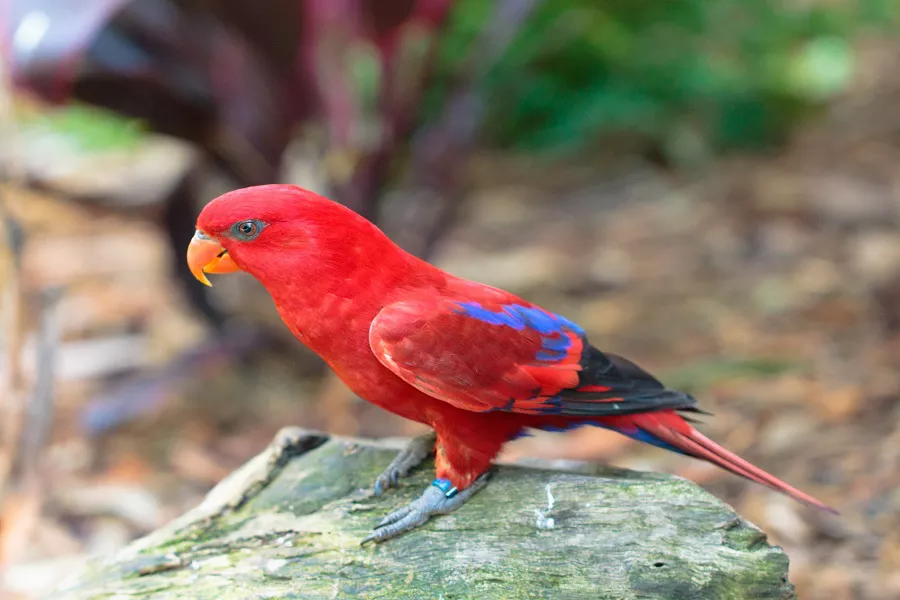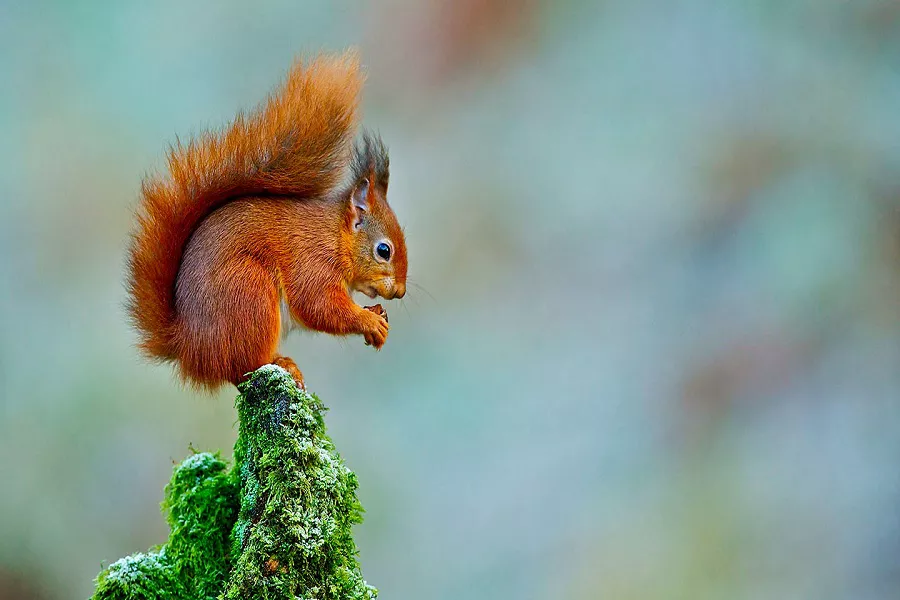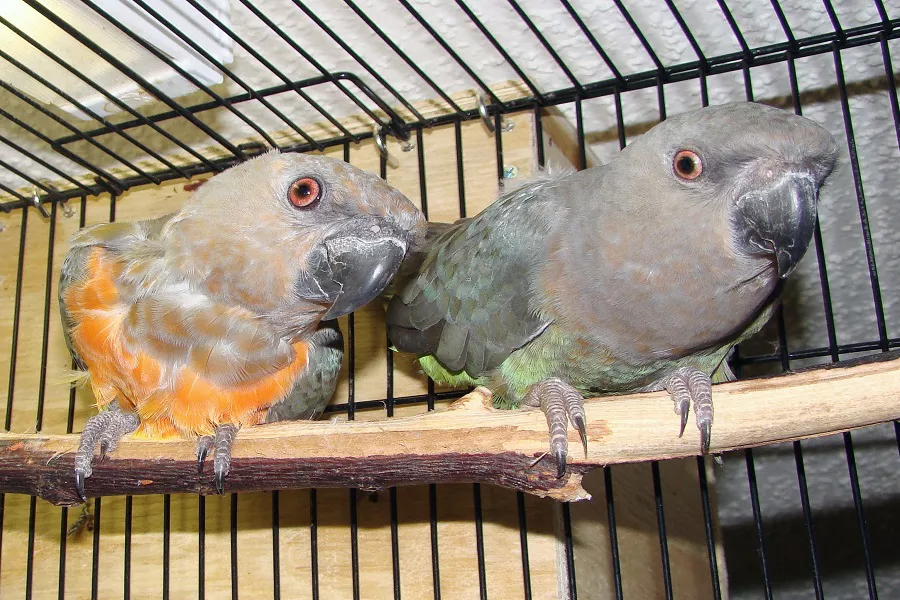What is red lory?
There are 2 subspecies of red lory (scientific name: Eos bornea) with bright plumage, completely red head and neck, black and blue flight feathers, sometimes blue-covered ear feathers, and brown iris. Mainly to pollen, nectar and fruit for food, also eat insects. The beak is longer than the average parrot, and more particularly, the slender tongue has brush-like hairs, called the brush tongue, which facilitates the parrot to penetrate into the flowers to obtain food. Active in moist primeval forests, mangrove swamps, coastal woodlands and coconut plantations. Activity in pairs or small groups, occasionally gathering in large groups of more than 50 individuals. Distributed in the Indonesian islands and Buru Island.
What does red lory look like?
red lory is 28 to 31 cm long, weighs 170 grams, and has a lifespan of 16 years. It is the species with the least black and blue spots among the lorikeets of the genus Eos. Adults have completely red head and neck. The primary flight feathers are black, and the secondary and tertiary flight feathers are blue. All tail feathers are reddish brown. Iris red, legs gray. Young birds are darker than their parents. The main flight feathers are blue-grey. The ear feathers are sometimes covered in blue. There are small blue spots of penetration around the anus and legs. The feathers on the abdomen are often bordered with dark blue. Iris brown.
red lory living habits
Activity in pairs or small groups, occasionally gathering in large groups of more than 50 individuals. They often fly over small islands, and when they fly fast in the air, they will chirp loudly and flap their wings, which is easy to observe. During the day, when resting among the shady green trees, most of the time is spent grooming and grooming. This practice is to strengthen the attractiveness of the spouse. The head and neck are given priority. Use your beak to smooth out the bird’s feathers. The partners comb each other’s parts that they can’t reach. Plant-based food, eat the nectar and pollen of the Myrtaceae and Coral genus Erythrina trees, and also eat insects.
red lory rearing
Nests in tree holes The breeding season starts from August to September; the nest is located on a tall tree. The chick-born season is in full swing in December. A clutch of 2 eggs is laid, the incubation period is about 24 to 26 days, and feathers develop after 7-9 weeks.
Cage red lorikeets are lively and noisy, and their breeding difficulty is low. You can often see young red lorikeets in bird shops all year round. Hand-raised young birds love to be close to their owners and love to play; Noisy lorikeets, there are many successful breeders of red lorikeets. As long as you choose mature and artificially bred red lorikeets, you can quickly have breeding results. You can breed successfully with small cages. Young birds should be 3 to 4 weeks old. Afterwards, they can be raised by hand after taking out the nest box, otherwise the parent birds may attack the young birds, and they can breed all year round.


























